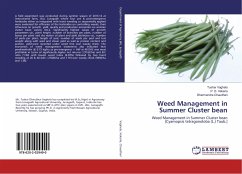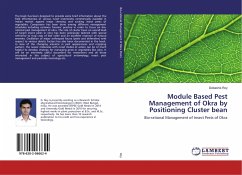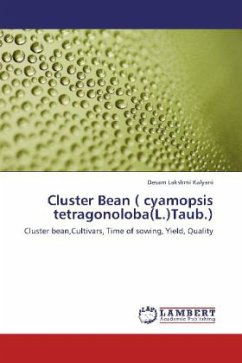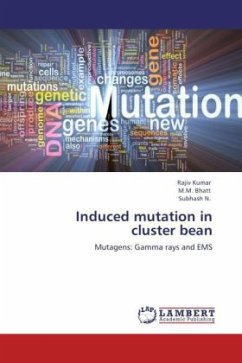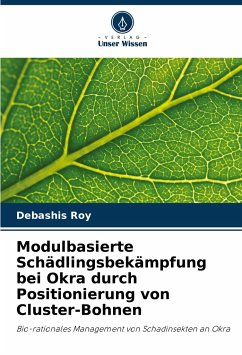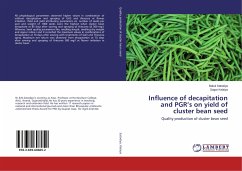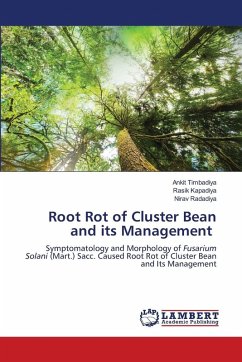
Root Rot of Cluster Bean and its Management
Symptomatology and Morphology of Fusarium Solani (Mart.) Sacc. Caused Root Rot of Cluster Bean and Its Management
Versandkostenfrei!
Versandfertig in 6-10 Tagen
29,99 €
inkl. MwSt.

PAYBACK Punkte
15 °P sammeln!
Cluster bean (Cyamopsis tetragonoloba (Linn.) Taub.) is one of the important vegetable crops of India.Root rot caused by Fusarium solani (Mart.) Sacc has become a severe problem in previous years.Cluster bean root rot produced various types of symptoms in pot and field conditions viz., yellowing and drooping of leaves, followed by death of plants within a few days. Roots of affected plants showed a reddish brown discoloration with bark shredding symptoms of decayed roots followed by death of plants. Among the systemic fungicides tested under in vitro conditions, tebuconazole (100%) was found t...
Cluster bean (Cyamopsis tetragonoloba (Linn.) Taub.) is one of the important vegetable crops of India.Root rot caused by Fusarium solani (Mart.) Sacc has become a severe problem in previous years.Cluster bean root rot produced various types of symptoms in pot and field conditions viz., yellowing and drooping of leaves, followed by death of plants within a few days. Roots of affected plants showed a reddish brown discoloration with bark shredding symptoms of decayed roots followed by death of plants. Among the systemic fungicides tested under in vitro conditions, tebuconazole (100%) was found to be the most effective which was followed by propiconazole (92.35%). In case of non systemic fungicides, copper hydroxide and copper oxychloride proved to be the most effective and gave cent per cent growth inhibition of F. solani. In combination products of fungicides, cymoxanil + mancozeb, metiram + pyraclostrobin and carbendazim + mancozeb were found most effective and gave cent per centgrowth inhibition of F. solani. While tested of different herbicides in which oxyfluorfen was found to be the most effective followed by glyphosate, 63.64 and 63.52 per cent respectively.



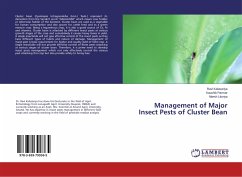
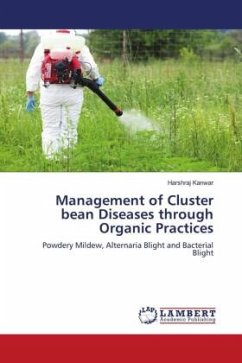
![Weed management in late kharif cluster bean [Cyamopsis Tetragonoloba] Cover Weed management in late kharif cluster bean [Cyamopsis Tetragonoloba]](https://bilder.buecher.de/produkte/44/44475/44475694n.jpg)
